In today’s rapidly evolving construction landscape, managing costs effectively is more crucial than ever. With numerous stakeholders, complex designs, and ever-fluctuating materials prices, ensuring a project remains on a budget can feel like juggling flaming torches. But here’s the straight answer: effective cost control in construction isn’t just about cost estimates and keeping expenditures in check; it’s about maximizing value at every stage, from planning to completion.
Think about this – you’ve been entrusted with crafting towering structures or cozy homes and the financial resources of your clients and stakeholders. It’s a significant responsibility, and ensuring every dollar is well-spent is both an art and a science. This article aims to arm you with essential strategies to ensure that your projects are structurally sound and financially robust. Dive in, and let’s build stronger together.
Table of Contents
What is Cost Control in Construction?
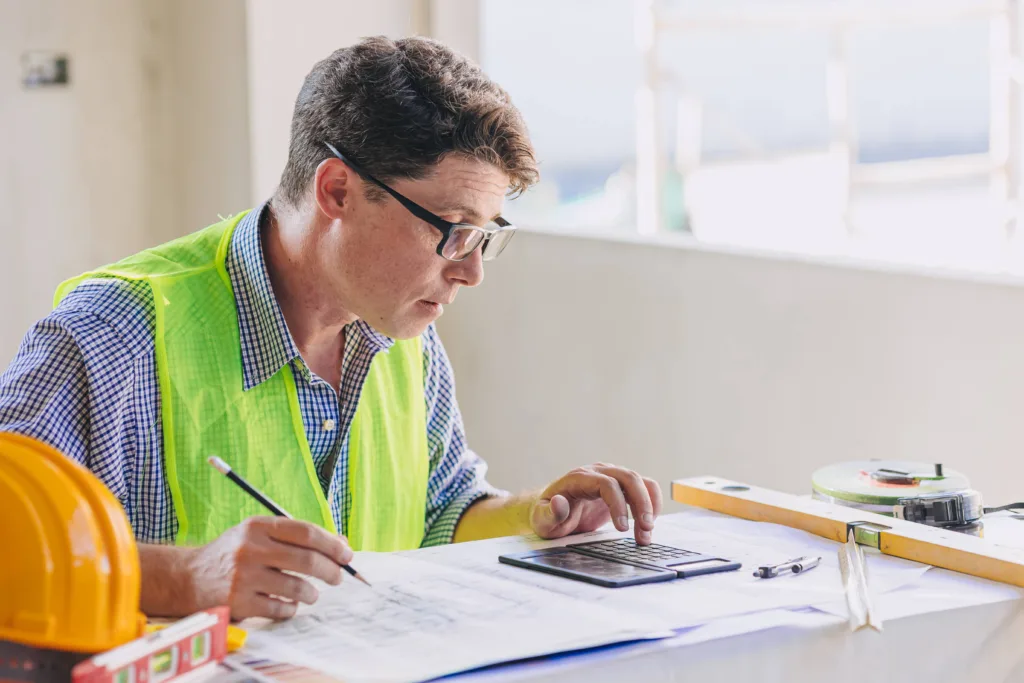
Ever been on a diet and kept an eye on every calorie, every bite, and every cheat meal? Well, in construction, cost control is pretty similar. It’s about vigilance, monitoring every expense, and ensuring that your project’s financial health and ‘diet’ stays on track. Let’s break it down a bit more.
First and foremost, cost control is the practice of recognizing and managing current and future project costs, to ensure a project doesn’t exceed its allocated budget. It’s about spotting potential overruns before they become problematic and adjusting accordingly.
But hang on, isn’t that the same as cost management? Not quite. While the two terms are often used interchangeably, there’s a subtle distinction. Cost management is a broader term that encompasses managing a project’s budget, including estimating, financing, and cost control. Imagine cost management as the umbrella under which both cost estimation and control sits – they’re deeply connected, but each has its unique role.
The cost control process is a trio of simple steps that require meticulous attention. It begins with planning: creating a detailed forecast of all costs associated with a project. Once the work starts, the next step is monitoring: routinely comparing actual costs and expenses with the projections. And last but not least is adjusting: making changes in real time to keep things on track.
The beauty of cost control in construction is that it’s proactive. Rather than scrambling to fix problems after they arise (and we all know how stressful that can be), it’s about preventing those financial hiccups from happening in the first place. It’s the safety net every construction project needs, ensuring your masterpieces are as fiscally sound as they are structural.
Why is Cost Control Important?

Imagine planning a cross-country road trip. You’ve mapped out your route, booked your accommodations, and made a playlist for those long drives. What if halfway through, you realize you’ve blown most of your budget on fancy meals and souvenirs? That trip suddenly becomes a lot more stressful. The same principle applies to construction. With proper cost control, you might find yourself in a financially tight spot that’s more comfortable than being stuck in a tiny motel room when you’d envisioned a spacious suite.
Let’s drill down into some concrete reasons why being savvy with your pennies and dollars in the construction realm is downright essential:
1. Impact on Profitability:
At its core, construction is a business. And in any business, the bottom line matters. By controlling construction costs well, profitability isn’t just wishful thinking; it’s an achievable reality. No one likes unpleasant surprises, especially when it affects the profit margins.
2. Meeting Client Expectations:
You’ve shaken hands, signed contracts, and given your word. Your clients trust you with their dreams and their money. Going over budget not only strains this trust but can also tarnish your reputation. Delivering a project within the agreed cost ensures a happy client and lays the foundation for future collaborations.
3. Reducing Risks of Cost Overruns:
Let’s be honest: construction is filled with uncertainties. Unexpected weather, fluctuating material prices, or sudden design changes can appear like uninvited guests. A robust cost control mechanism acts like an early warning system, helping you spot and tackle these potential overruns head-on.
4. Elevating Company’s Reputation:
Maintaining projects within budget is a badge of honor in an industry where word-of-mouth and recommendations play a pivotal role. It says, “We keep our promises,” in the long run, this commitment to cost control can be a powerful tool in attracting new clients and projects.
In essence, cost control in construction isn’t just about the money; it’s about maintaining integrity, delivering value, and building a legacy of trust. It’s the unsung hero behind every successful project, ensuring the path from the blueprint to the building is as smooth as freshly laid concrete.
10 Tips to Improve Cost Control in Your Construction Projects
Ah, the heart of the matter! Think of these tips as your trusty toolkit or ingredients for the perfect dessert if you’re like me with a sweet tooth. Just as precision in measuring flour can mean the difference between a fluffy cake and a pancake, each cost-control technique can significantly impact your project’s outcome. So, let’s dive into this delectable list.
1. Comprehensive Project Planning

Let’s take a moment and reminisce about our school days. Remember that feeling when you walked into an exam utterly prepared, every chapter revised, and every possible question mapped out in your mind? The confidence was palpable, right? Now, translate that to construction. The first and arguably the most critical step towards achieving stellar cost control is comprehensive project planning. The symbolic ‘revision’ before the big ‘exam’ is the execution phase.
1. Detailed Breakdown:
Just as you wouldn’t start a puzzle without seeing the complete picture on the box, initiating a construction project without a detailed plan is a recipe for chaos. This means breaking down every aspect, from materials and labor to permits and potential risks. Having a map makes you less likely to get lost in the financial wilderness.
2. Clarity in Project Scope:
Have you ever gone grocery shopping without a list? You either forget the milk or come back with three bags of chips you didn’t need. Similarly, having a clear and defined project scope ensures that you stick to the essentials, eliminating wastage of resources and funds. It’s about knowing what’s necessary and what’s just a distracting (though sometimes tempting) side-track.
3. Constant Refinement:
As the project progresses, it’s not uncommon to encounter unforeseen hurdles or even new opportunities. Like a sailor adjusting sails with changing winds, revisiting and refining the project plan is vital, ensuring it aligns with the ground realities.
4. Stakeholder Alignment:
You’re not building in isolation. Investors, clients, suppliers, and a host of other stakeholders are invested in your project. Ensuring everyone is on the same page from day one reduces the chances of last-minute surprises or costly changes.
The magic of comprehensive project planning is that it sets the tone for the entire construction process. It’s like laying a strong foundation (pun intended!) for a building. With a solid plan in place, the construction process becomes more predictable and ensures that every dollar spent brings maximum value to the table. So, next time you’re about to kick off a project, channel that studious school kid’s spirit, and plan, plan, plan!
2. Use Technology and Software

Do you remember those sci-fi movies from the ’90s, where characters marveled at touchscreen devices and holographic displays? Well, guess what? We’re living in that future. And while we might not have hoverboards (bummer, I know), the construction world has been revolutionized by technology in ways we once only imagined. It’s time to harness that power to enhance our cost control methods.
1. Construction Management Software:
Think of this as the ultimate organizer. It’s like having a personal assistant, scheduler, accountant, and supervisor all packed into one digital platform. Bauwise construction management software keep tabs on everything from material orders to workforce schedules, helping avoid over-budget scenarios. Plus, with real-time data at your fingertips, you’re always in the know, making decision-making a breeze.
2. Building Information Modeling (BIM):
It’s one thing to visualize a building in 2D blueprints; it’s an entirely different game when you can interact with a 3D digital representation of it. BIM provides a deeper understanding of the project and predicts potential challenges, allowing for more accurate project budgeting. It’s like playing a video game, but instead of scoring points, you’re saving bucks.
3. Drones and Site Surveys:
Gone are the days of tedious, manual site inspections. Drones offer a bird’s eye view, capturing detailed construction progress images. This ensures tasks are on track and any issues that could escalate costs are identified early on. It’s giving you a superhero’s power of flight without the cape.
4. Virtual and Augmented Reality:
Why wait for the construction to finish to walk inside a building? With VR and AR, stakeholders can take a virtual tour, suggesting changes before they become expensive reworks. It’s like time travel, but way more relaxed and cheaper.
Stepping into the digital age isn’t just a fancy upgrade; it’s a necessity. By embracing technology and software, construction professionals aren’t merely keeping up with the times but are paving the way for more efficient, cost-effective projects. So, don’t shrug it off the next time someone mentions a new tech tool or software. Dive in, explore, and watch as your projects transform from mere structures to marvels of modern construction.
3. Regular Monitoring and Reporting
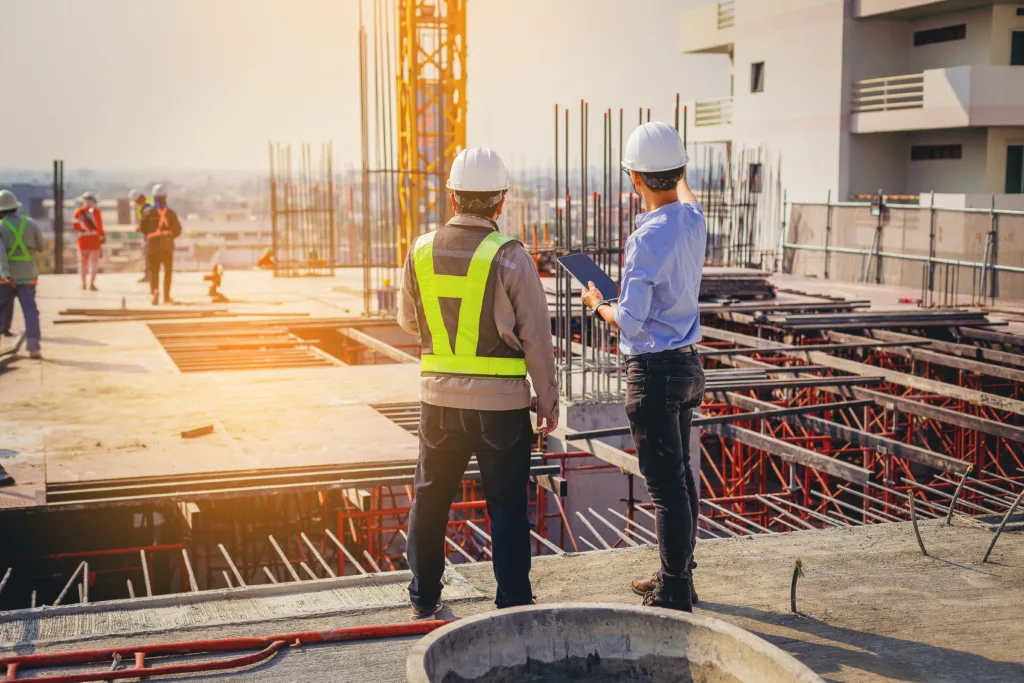
Remember those New Year’s resolutions? Yeah, the ones where we swear we’ll hit the gym daily or finally master that new language. But by February, the gym card is gathering dust, and our Spanish is limited to ‘hola.’ Why? Because we often forget that setting a goal isn’t enough. Continuous monitoring is the secret sauce to achieving those aspirations. The same logic applies to construction projects. Setting a budget is just the start; regular monitoring and reporting of construction project costs is magic.
1. Keeping Everyone Accountable:
It’s human nature – when we know someone’s watching, or better yet when we know we’ll have to report on our project’s progress, we’re more likely to stick to the plan. Regular check-ins ensure every team member is on their toes, minimizing errors and keeping within the budget.
2. Spotting Issues Early:
Imagine you’re baking a cake. Wouldn’t it be better to realize you forgot the sugar while mixing rather than after it’s baked? Regular monitoring is like peeking into the oven – it lets you catch potential overspends or mistakes before they spiral out of control. And trust me, early detection is both a time and money saver in the world of construction.
3. Making Data-Driven Decisions:
In today’s age, flying blind is not an option. With continuous reporting, you’re not relying on gut feelings but on cold, complex data. This empirical approach ensures that decisions, whether reallocating resources or changing suppliers, are grounded in reality, saving you from costly missteps.
4. Building Confidence with Stakeholders:
Imagine being a parent and getting regular reports about your child’s progress in school. It’s reassuring, right? Similarly, when clients and stakeholders receive consistent updates on where their money’s going and how the project’s shaping up, it builds trust and confidence in your capabilities.
Monitoring and reporting aren’t the flashiest part of construction – no giant cranes or towering skyscrapers are here. But its importance? Undeniable. It’s the heartbeat, the continuous rhythm, that ensures the financial health and success of a project. By maintaining a pulse on every penny and process, you’re not just building structures but creating legacies that stand tall in design and budget.
4. Foster Clear Communication
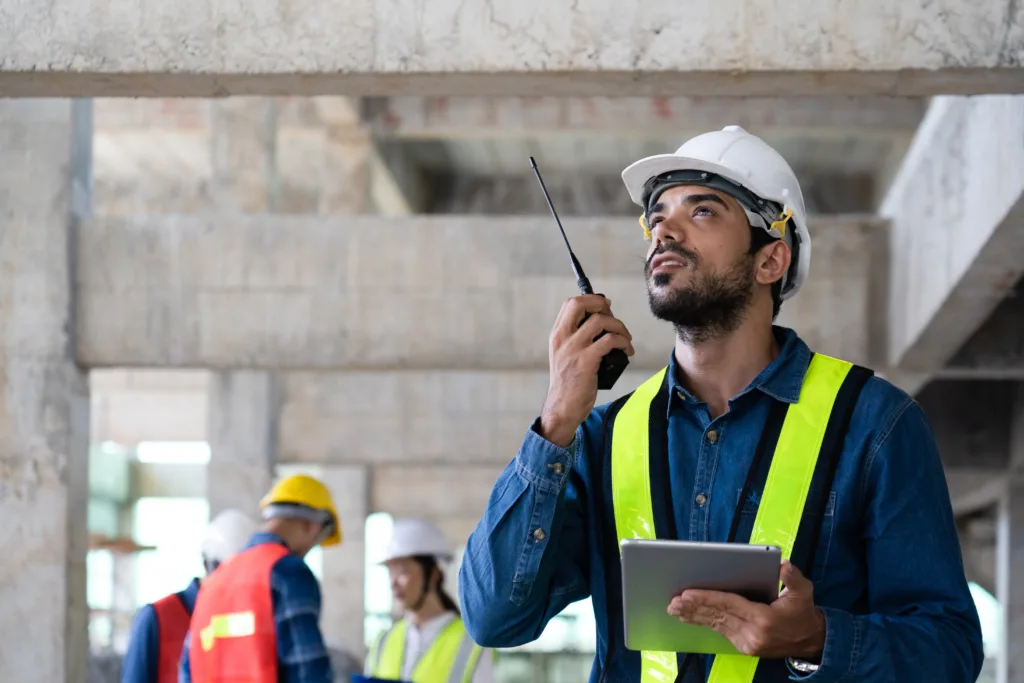
Let’s rewind a bit. Remember those childhood games of ‘Chinese whispers’? A simple message would start at one end, and by the time it reached the other, “I have a cat” would magically transform into “I ate a hat.” Hilarious in a game, but in a construction project? Not so much. Transparency and open communication are the cornerstone of any successful endeavor, especially when there’s so much on the line.
1. Avoiding Costly Misunderstandings:
It’s not rocket science. There’s less room for error when instructions, expectations, and feedback are communicated. Think of it as ordering a customized cake. If you’re explicit about wanting a ‘chocolate fudge with caramel drizzle,’ you’re less likely to end up with a ‘vanilla sponge with lemon zest.’
2. Enhancing Team Collaboration:
A construction project isn’t a solo performance; it’s an ensemble act. Like musicians in an orchestra, every member plays a unique part, and for the final piece to be harmonious, everyone needs to be in sync. Regular team meetings, updates, and brainstorming sessions ensure everyone’s on the same page, creating a unified vision.
3. Building Trust with Stakeholders:
Transparency is the bridge to trust. When clients, investors, and other stakeholders are kept in the loop, not just about successes but also challenges, it fosters a relationship of trust. It’s like giving them a backstage pass, letting them see the hard work and dedication behind the scenes.
4. Adapting to Changes Seamlessly:
Change is the only constant, especially in the construction business. Clear communication ensures that changes are understood and implemented efficiently without spiraling costs, whether it’s a client’s new requirement or an unforeseen obstacle on site.
Fostering clear communication isn’t just about talking more; it’s about talking effectively. It’s the art of ensuring that the message sent is the message received, without those pesky ‘Chinese whispers’ distortions. Ultimately, it’s not just about buildings and budgets but people. And clear communication? The glue binds these people, ensuring projects aren’t just completed and celebrated.
5. Implement Value Engineering

Have you ever found yourself admiring those genius life hacks on social media? Like using a can opener to cut stubborn plastic packaging or a hair straightener to iron shirt collars? These aren’t just cool tricks; they’re examples of value engineering in our daily lives – finding more efficient ways to achieve the same or better outcomes. In the construction world, value engineering is like that clever life hack but with many more zeros on the budget line.
1. Maximizing Function at Minimal Cost:
At its core, value engineering is about doing more with less. It’s the art and science of achieving the project’s objectives without compromising quality but with a keen eye on the budget. Think of it like gourmet cooking on a shoestring budget. The dish must be delicious, but every ingredient needs to justify its place.
2. Encouraging Innovation:
This isn’t just about cost-cutting. It’s about thinking outside the box, challenging the status quo, and asking, “Is there a better way to do this?” It’s akin to the evolution of phones: we didn’t just want cheaper devices; we wanted smarter, multi-functional ones, leading to the smartphones we can’t live without today.
3. Comprehensive Review Process:
Value engineering isn’t a one-off task. It requires a systematic review of all elements of a project. Just like editing a novel, you review it repeatedly, ensuring each word, sentence, and paragraph adds value to the story.
4. Collaborative Approach:
Two heads are better than one, and in value engineering, collaboration is critical. A richer tapestry of ideas emerges by pooling in insights from designers, engineers, contractors, and even clients. It’s like brainstorming for that perfect group vacation – everyone brings something unique to the table, ensuring the trip is memorable and doesn’t break the bank.
Incorporating value engineering in construction is like adding that secret ingredient to a recipe. It might not always be visible, but its impact is undeniable. It ensures projects are completed and optimized, delivering more bang for the buck. So, the next time you plan a project, channel your inner life-hacker and see how to engineer more excellent value into every brick and beam.
6. Streamline the Procurement Process

Ah, shopping! While most of us love a day out at the mall or scrolling through online deals, when it comes to construction, ‘shopping’ or procurement, as we call it in the biz, can get a tad more complicated. It’s like planning a huge party: you can’t just buy a couple of chips and sodas; you need to think bigger, smarter, and cheaper. Here’s where streamlining the procurement process comes into play.
1. Efficient Supplier Negotiations:
It’s not about haggling like you’re at a flea market. It’s about building solid relationships with suppliers, understanding their strengths, and collaborating for win-win deals, just like finding that store with the best deals and where the owner throws in an extra discount just for you.
2. Bulk Purchasing:
Have you ever noticed how things are cheaper when bought in bulk? The same principle applies here. By consolidating orders and purchasing in larger quantities, not only do you benefit from discounts, but you also reduce repetitive administrative tasks. It’s like buying that jumbo pack of popcorn at the cinema – more value, munching, and fewer trips to the counter.
3. Adopt e-Procurement:
In the digital age, why should our procurement methods lag? E-Procurement tools can offer real-time tracking, automated workflows, and data analytics. Imagine the convenience of online shopping, with carts, wish lists, and search – but for construction materials and services. Click, compare, and conquer!
4. Standardize Procurement Protocols:
Having a standardized process is like following a tried-and-tested recipe. You know the steps, the ingredients, and the outcome. This ensures consistency, reduces errors, and ultimately leads to cost savings. No more reinventing the wheel or, in this case, rethinking how to buy a sack of cement.
The procurement process might seem like just another step in the grand scheme of construction, but it’s akin to the foundation of a building. If done right, it supports everything that comes after. By streamlining it, we’re ensuring the foundation is solid, resilient, and cost-effective. So, gear up, strategize, and shop smart!
7. Invest in Skilled Labor and Training
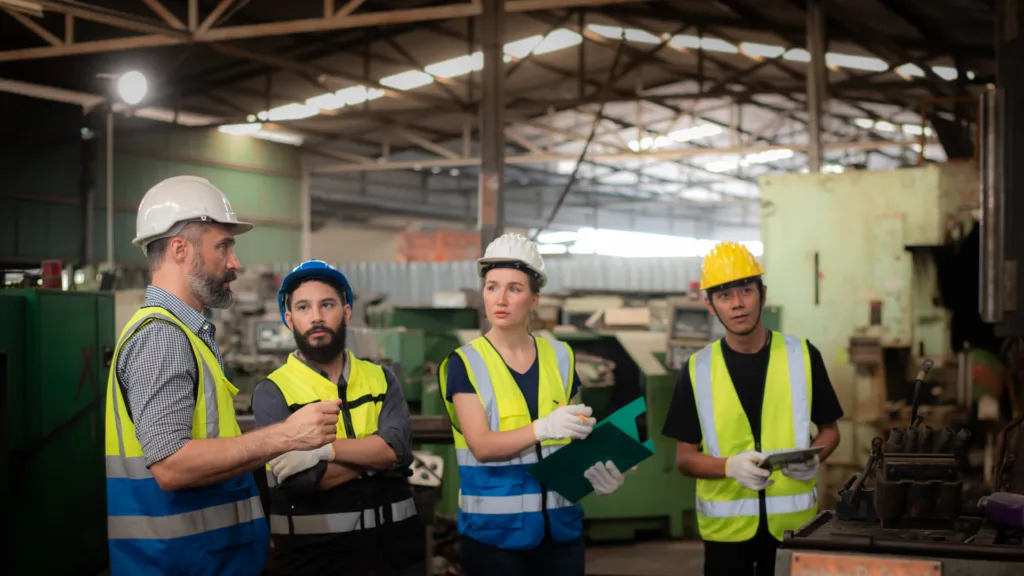
Okay, quick pop quiz: would you rather have an amateur cook whipping up your five-course anniversary dinner or a trained chef? Most of you are daydreaming about that Michelin-star meal right now. Similarly, in the world of construction, the expertise and skills of your team can make the difference between a ramshackle hut and a resilient skyscraper. It’s all about investing in skilled labor and continuous training.
1. Enhancing Work Efficiency:
Hiring skilled labor is akin to having a seasoned chef in the kitchen. They know their tools, techniques, and timing to flip that pancake. This experience translates to quicker completion times, fewer mistakes, and a smoother workflow on the construction job site. No one’s fumbling around; they’re getting straight down to business.
2. Reducing Long-term Costs:
Picture this: hiring an amateur might seem like a budget-friendly choice initially, but what is the cost of fixing their mistakes? That’s a different, pricier story. By investing in skilled professionals, you’re effectively saving on those “Oops, we need to redo this!” moments. It’s the difference between buying a quality product once versus constantly replacing a subpar one.
3. Boosting Workplace Safety:
A trained worker is like a seasoned driver—they know the rules, anticipate challenges, and ensure everyone’s safety. In the high-risk environment of construction, this is paramount. Fewer accidents mean less downtime, lower insurance costs, and, most importantly, the well-being of your team.
4. Embracing Modern Techniques:
The construction industry is ever-changing, like the culinary world evolves with new diets and cooking methods. Regular training ensures your team is up-to-date with the latest techniques, materials, and machinery. Think of it as upgrading from a basic flip phone to the latest smartphone. You’re equipped to do so much more with finesse.
Investing in skilled labor and training is not where you want to cut corners. It’s like skimping on the foundation and splurging on the paint—it won’t hold up. A well-trained, experienced team is the secret ingredient to a successful, cost-effective construction project. So, the next time you’re hiring or budgeting, remember that investing in skills isn’t an expense; it’s a wise, long-term investment.
8. Adopt Risk Management Practices
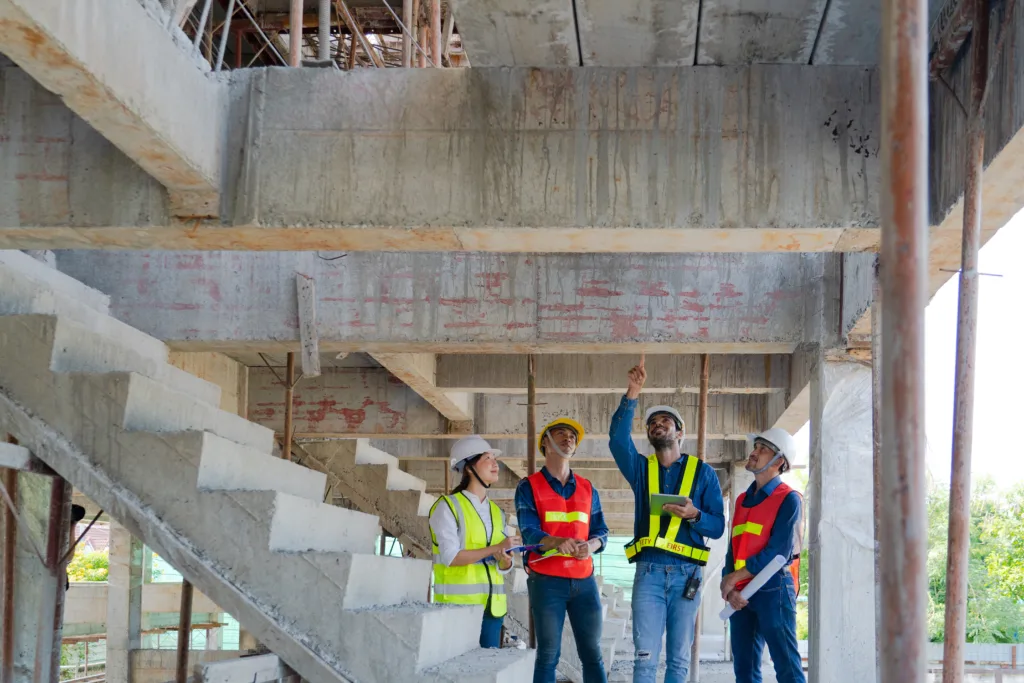
Let’s play a little imagination game. Picture yourself walking on a tightrope, high above a bustling city. Scary, right? Imagine you have a safety net below, and suddenly, the task seems manageable. With its multitude of moving parts and unpredictable factors, the construction world often feels like that high-wire act. And just as tightrope walkers wouldn’t dream of performing without a net, builders shouldn’t embark on projects without solid risk management practices in place.
1. Anticipating Potential Problems:
Risk management is akin to checking the weather before a picnic. By identifying possible threats early on – whether it’s an impending storm or unforeseen site issues – you can devise strategies to address them. It’s better to carry an umbrella and not need it than to be caught in the rain unprepared.
2. Allocating Resources Wisely:
It’s like packing a first-aid kit for a camping trip. With risk management, you’re pinpointing potential problem areas and ensuring you have the necessary resources (be it time, money, or workforce) to tackle them. You’re not just reacting to crises but proactively preparing for them.
3. Protecting Your Bottom Line:
Imagine buying insurance for a prized possession. By managing risks, you safeguard your project’s budget, schedule, and overall objectives. You’re insuring against overruns, delays, and unforeseen expenses, ensuring your project remains profitable and on track.
4. Enhancing Stakeholder Confidence:
Trust me; nothing gives clients, investors, and partners more peace of mind than knowing risks are being managed. It’s like booking a vacation package with a guaranteed refund policy. They feel reassured, knowing there’s a game plan in place, come rain or shine.
Risk management isn’t about being pessimistic or expecting the worst; it’s about being prepared. It’s the construction world’s equivalent of wearing a seatbelt. You hope you won’t need it, but you wouldn’t dream of driving without one. So, as you blueprint your next project, weave in those risk management practices. Your safety net, seatbelt, and insurance policy are all rolled into one.
9. Review and Optimize Project Designs
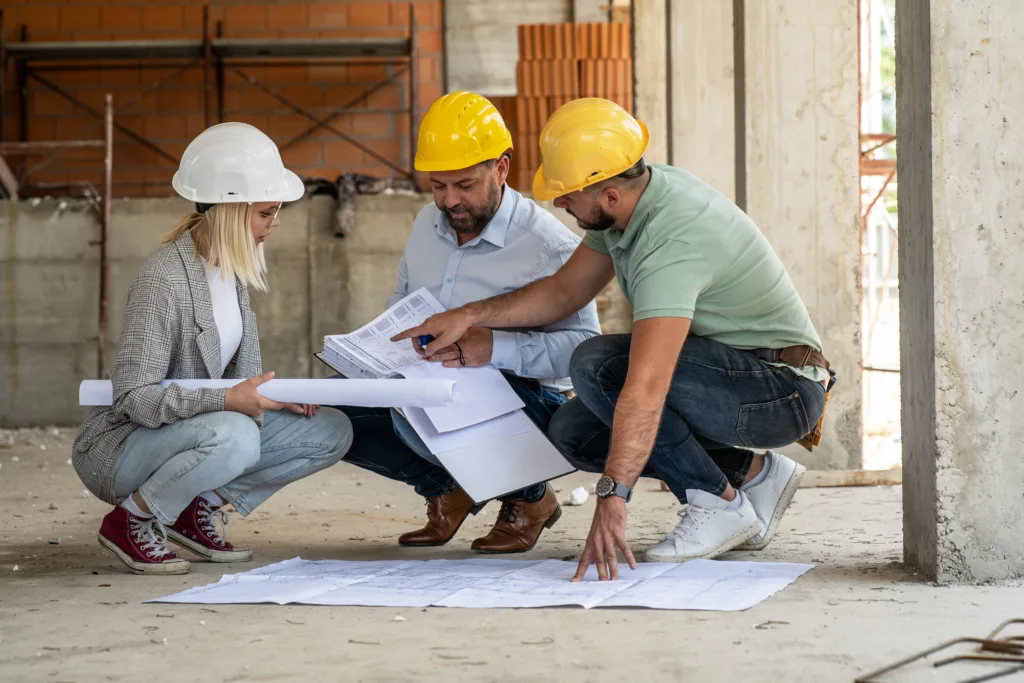
Picture this: you’re baking a cake for the first time, following a recipe to the tee. But halfway through, you realize you might have added too much sugar, or perhaps the batter’s consistency isn’t right. Do you proceed and hope for the best, or do you take a step back to tweak and adjust? In construction, your project design is that initial cake recipe. And just as baking demands adjustments for perfection, construction projects often require periodic design reviews and optimizations.
1. Avoiding Costly Errors:
Imagine designing a beautiful puzzle, only to realize there’s a piece missing. Fixing mistakes post-construction can be like trying to bake a cake that’s already been burnt – tedious and costly. Regular design reviews ensure you spot and correct any inconsistencies before they become expensive problems.
2. Staying Updated:
Ever tried to wear a fashion trend from 10 years ago? Feels a bit off, right? Similarly, what was a cutting-edge design a year ago might now be outdated. Regularly reviewing designs ensures your project remains fresh, contemporary, and aligned with modern standards and technologies.
3. Enhancing Functionality:
Think about rearranging furniture in a room to make it more spacious or functional. Reviewing project designs can reveal opportunities to optimize space, improve flow, or enhance user experience. It’s like finding a new way to fold clothes that suddenly doubles your closet space.
4. Valuable Feedback Loop:
It’s like cooking a meal and asking for feedback to improve the next time. Engaging stakeholders, clients, and potential end-users in the design review process can offer insights and suggestions you might have yet to consider. Their feedback becomes the secret ingredient that elevates your design from good to exceptional.
Reviewing and optimizing project designs isn’t about second-guessing your decisions. Instead, it’s a dynamic dance of continuous improvement. It’s like sketching multiple drafts before crafting that masterpiece. With each review, you refine, enhance, and inch closer to creating a construction marvel that stands the test of time in structure and style.
10. Maintain Equipment and Tools

Let’s dive into a simple analogy: you wouldn’t embark on a cross-country road trip in a car with squeaky brakes and a dodgy engine, would you? Ensure every part is in tip-top shape to avoid mid-trip hiccups. Similarly, in the sprawling journey of construction, equipment, and tools play the role of that trusty vehicle. Just as you’d maintain your car for a smooth ride, looking after your construction gear ensures a seamless project execution.
1. Longevity and Durability:
Imagine if you never charged your smartphone, never updated its software, and never cleaned its screen. That sounds like a recipe for a short-lived device, right? Regular maintenance extends the life of your equipment, ensuring they serve you well project after project, just like that old reliable phone that never lets you down.
2. Cost Savings:
Every time your car breaks down, it’s not just the repair cost that stings; it’s the unexpected inconvenience. In construction, equipment breakdowns can lead to expensive delays. Routine check-ups and maintenance are like those periodic car services – they might seem tedious but save you a fortune in the long run.
3. Enhanced Safety:
It’s akin to ensuring your bicycle’s brakes work before hurtling downhill. Well-maintained tools and equipment reduce the risk of accidents on the construction site. It’s a direct investment in the safety of your crew – because no project success is worth a safety compromise.
4. Optimized Performance:
It’s like cleaning your coffee machine for that perfect brew every morning. Regular maintenance ensures your equipment operates at peak efficiency. There are no hiccups or half-baked results; just consistent, high-quality performance, cup after cup… or brick after brick.
Maintaining your equipment and tools isn’t just a chore on the checklist; it’s a commitment to quality, safety, and efficiency. It’s understanding that your tools are more than inanimate objects; they’re your partners in crafting architectural masterpieces. So, could you give them the care they deserve? After all, a well-tuned instrument produces the sweetest melodies.
Conclusion
And there we have it, folks – our whirlwind tour through the realm of cost control in construction. Who knew there’d be many parallels between constructing skyscrapers and brewing the perfect cup of coffee or between site equipment and road trip preparations?
Cost control isn’t about pinching pennies or cutting corners. It’s the art of ensuring every dollar, every resource, and every ounce of effort invested in a project is maximized to its full potential. It’s about being proactive rather than reactive. After all, a well-prepared chef has a better shot at a Michelin-star meal, and a builder with a robust cost-control strategy is more likely to erect a masterpiece.
To return to the main question: How can you improve cost control in your construction projects? Dive deep into planning, embrace technology, nurture communication, and remember that continuous improvement and vigilance are your allies. Each project is a learning curve, a chance to refine, reassess, and rise.
Whether you’re a seasoned construction veteran or just dipping your toes into the vast building ocean, I hope these tips help pave your way to more efficient, cost-effective, and spectacular projects. Here’s to building bigger, better, and more innovative – one brick, one budget, and one beautifully brewed cup of coffee at a time.
Use Bauwise
If you are construction manager use Bauwise cost control software to estimate future costs of a project and prevent cost overruns. With Bauwise, construction businesses can track costs, make cost reports, keep project stakeholders updated, maintain project schedule and increase project’s success. Control costs with ease and enjoy better cost control and construction budgeting with software meant for general contractors.
About the Author

Mikk Ilumaa
Mikk Ilumaa is the CEO of Bauwise, a leader in construction financial management software with over ten years of experience in the construction software industry. At the helm of Bauwise, Mikk leverages his extensive background in developing construction management solutions to drive innovation and efficiency. His commitment to enhancing the construction process through technology makes him a pivotal figure in the industry, guiding Bauwise toward setting new standards in construction financial management. View profile
Related posts
Read our articles where you can find useful and relevant information about construction cost control:






